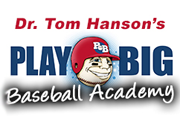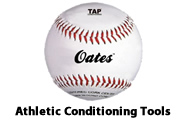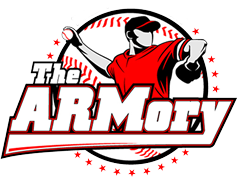What If OJ Didn’t Do It?

OJ’s defense team hung their entire case on the idea that by “rushing to judgement”, the police had ignored all other evidence and allowed the “real killer” to get away.
The argument was pretty much hogwash.
But what if he didn’t?
What if the LA district attorney’s office did lock onto one suspect too soon. Could their initial bias have caused them to miss crucial evidence that might have guided them in a different direction?
A few nights ago, I got a call from my friend Jim Wagner, of Throwzone Academy in Santa Clarita, CA. Jim was Trevor Bauer’s first pitching coach and is one if the brightest instructors I know.
Jim has a student with inexplicable elbow pain. The pain isn’t directly on the anterior bundle of the UCL. It’s more to the back of the elbow, near the posterior fan shaped portion.

When a pitcher has medial elbow pain, the initial response for most is to look at overuse or workload as the “cause”. They usually prescribe rest as the solution. That, in my opinion, is a lazy and inefficient way to approach the problem.
Many excellent pitching instructors I know would take the next step and analyze high speed video of the pitcher’s delivery, looking for some mechanical problem.
I’ve often been guilty of that myself.
When something jumps out at you on video, it’s usually pretty clear what’s at fault.
But is it?
As I have written many times before, most injuries aren’t the result of one“cause”. Instead, they are usually the result of a confluence of contributing variables that merge to create a perfect storm leading to tissue compromise.
So, back to our mystifying California kid, and my own patient/student here in Tampa.
Always remember to treat the dysfunction, not the disease.
If you want to solve an arm pain issue you have to be willing to accept that you might not….you probably will not…find The One Thing that is causing the problem.
If you take that approach, you’ll get one right every once in a while, but more often you’ll miss a significant contributor somewhere along the line.
Any time we have pitcher with pain, must remember to search out an eliminateALL dysfunction.
The most important thing is to have a process to identify and correct dysfunction.
If your process is good, and you execute it well, you’ll be less likely to miss contributing variables, or to chase false suspects.
Right about now you’re probably thinking, “Great, but how do I know what to look for and how to look for it.”
No need to worry, we’ve already done that work for you.
We combed through the medical and biomechanical literature, and we created a simple, step-by-step guide that any coach, parent, or player can use to check for dysfunction. In this revolutionary book and video, we show you how to conduct a thorough physical assessment, a functional movement screen, and a world class video analysis. It’s called Engineering the Superhuman Pitching Machine Vol 2: Conducting a World Class Pitcher Assessment.
And now I’ll bet your saying, “Fine, but even if I find a few things wrong, how do I know what to do about it?”
Do you hear those cavalry horns?










Leave a Reply